Voicing Machines, Being Inspired by Miyazaki and Exploring Big Emotions: Lupita Nyong'o and Chris Sanders Talk 'The Wild Robot'
Oscar-winning actor Nyong'o lends her vocals to this gorgeous movie adaption of the beloved book, with 'Lilo & Stitch' and 'How to Train Your Dragon' filmmaker Sanders directing.
There's no Academy Award solely for vocal performances. If there was, Lupita Nyong'o might've added another of Hollywood's prized statuettes to her mantle when the 2025 ceremony rolls around. A decade after taking home an Oscar for 12 Years a Slave, her first feature, and following standout work in everything from Black Panther and Us to Little Monsters and A Quiet Place: Day One since, she's the voice of Roz — short for ROZZUM unit 7134 — in the big-screen adaptation of Peter Brown's The Wild Robot. Unsurprisingly, she's marvellous and moving, taking viewers on an emotional journey even while playing a robot without facial expressions.
When Roz is fresh out of the box, powering up on an animal-filled island devoid of humans in a futuristic vision of earth, Nyong'o lends her vocals to the perky Siri and Alexa peer that audiences will wish spoke back to them from their own devices. As the task-oriented mechanical helper learns that there's more to life than her programming — as she befriends a gosling that she names Brightbill (Kit Connor, Heartstopper) and a fox called Fink (Pedro Pascal, Drive-Away Dolls), too, and wins over other wild critters who are initially fearful of the metallic interloper — the warmth that begins to infuse Roz's tones couldn't feel more genuine. The Wild Robot doesn't only prove a gem thanks to Nyong'o's pivotal performance, but it wouldn't be even a fraction of the film that it is without her.
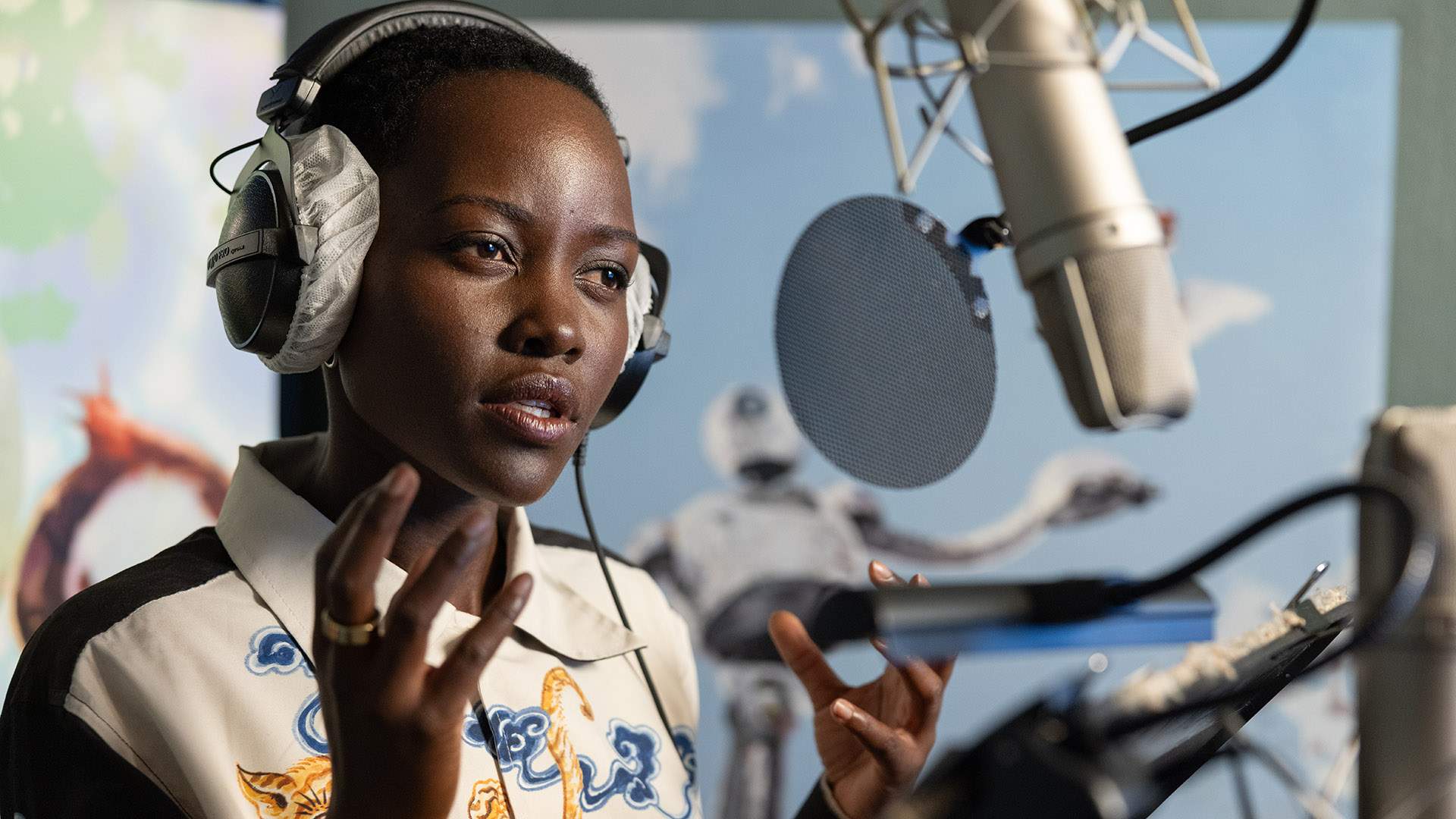
In 2024, the actor has had two movies in cinemas. In A Quiet Place: Day One, speaking was one of the worst things that anyone could do. In The Wild Robot, Nyong'o's entire portrayal comes down to talking. "I love that you made that comparison. I hadn't even thought about it that way," she tells Concrete Playground when we point out the contrast, and also ask what she seeks out in new projects at this point in her career. "What gets me excited? I think about the character that I've been offered to play, and I think about what I will require to play the character — and what I could learn as well from playing the character, what I'm curious about. If the character makes me ask questions of the world and of myself and I'm excited to find out the answers, then I want to play that character," Nyong'o explains.
When The Wild Robot came her way, she didn't say yes immediately, however. For Nyong'o, voicing Roz was always going to need to be a creative collaboration; just showing up to speak her lines and leaving it at that isn't how she wanted to work. "I don't know how to be just a voice for hire. I have opinions and I want to share them, and I want to make sure that the person I'm sharing them with wants to hear them," she notes.
Nyong'o joined the film after meeting with director Chris Sanders and understanding his vision. "You shape these things together. You go on this journey together, and she is a creative force just like every other artist in this film, for sure," he tells us. "And I have to say, she's an absolute genius. Taking Roz apart bit by bit to understand her thinking kept me honest as a writer," he continues. The Lilo & Stitch, How to Train Your Dragon and The Croods director — and voice of Stitch — couldn't be more enthusiastic about the latest picture that now sits on his packed resume (also on his filmography from the 90s when he was starting out: production design on The Lion King, visual development on Beauty and the Beast, and story credits on both alongside Aladdin).
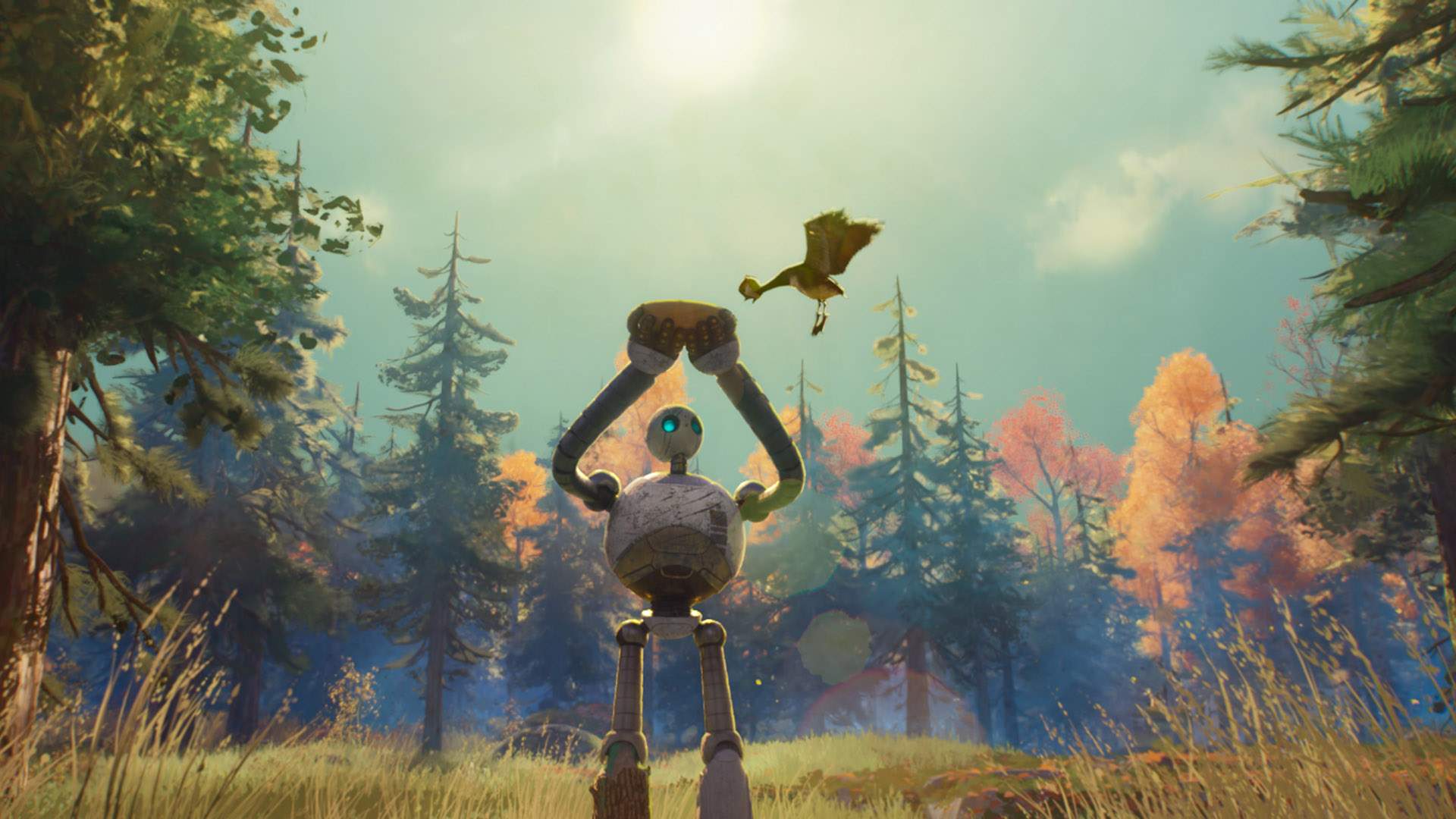
Before signing on for The Wild Robot, Sanders describes himself as "book-adjacent" to Brown's illustrated tome, as his daughter had read it. "I saw it sitting around the house and I'd actually forgotten about it until the day I came into DreamWorks to look at what was in development. And there was the book, and they described it, and I thought 'that's the one I'm interested in'," he advises. As the feature's writer and director, he's crafted a version that takes inspiration from Hayao Miyazaki's enchanting Studio Ghibli fare, classics such as Bambi and the work of painter Claude Monet, too — and a gem for all ages.
How does Nyong'o tackle a voice-acting part — and, whether she's seen on-screen or heard echoing from it, how does she find the right voice for a character? What kind of thinking and planning goes into expressing Roz's inner journey? How important was it to Sanders that the film didn't shy away from animals being animals, not just in appearance but also into recognising the food chain and cycle of life? We chatted with the pair about all of the above as well, and more, including how animated movies trade in big emotions —because we all have that flick, or several, that we'll never forget — and how that sits in your mind when you're making one.

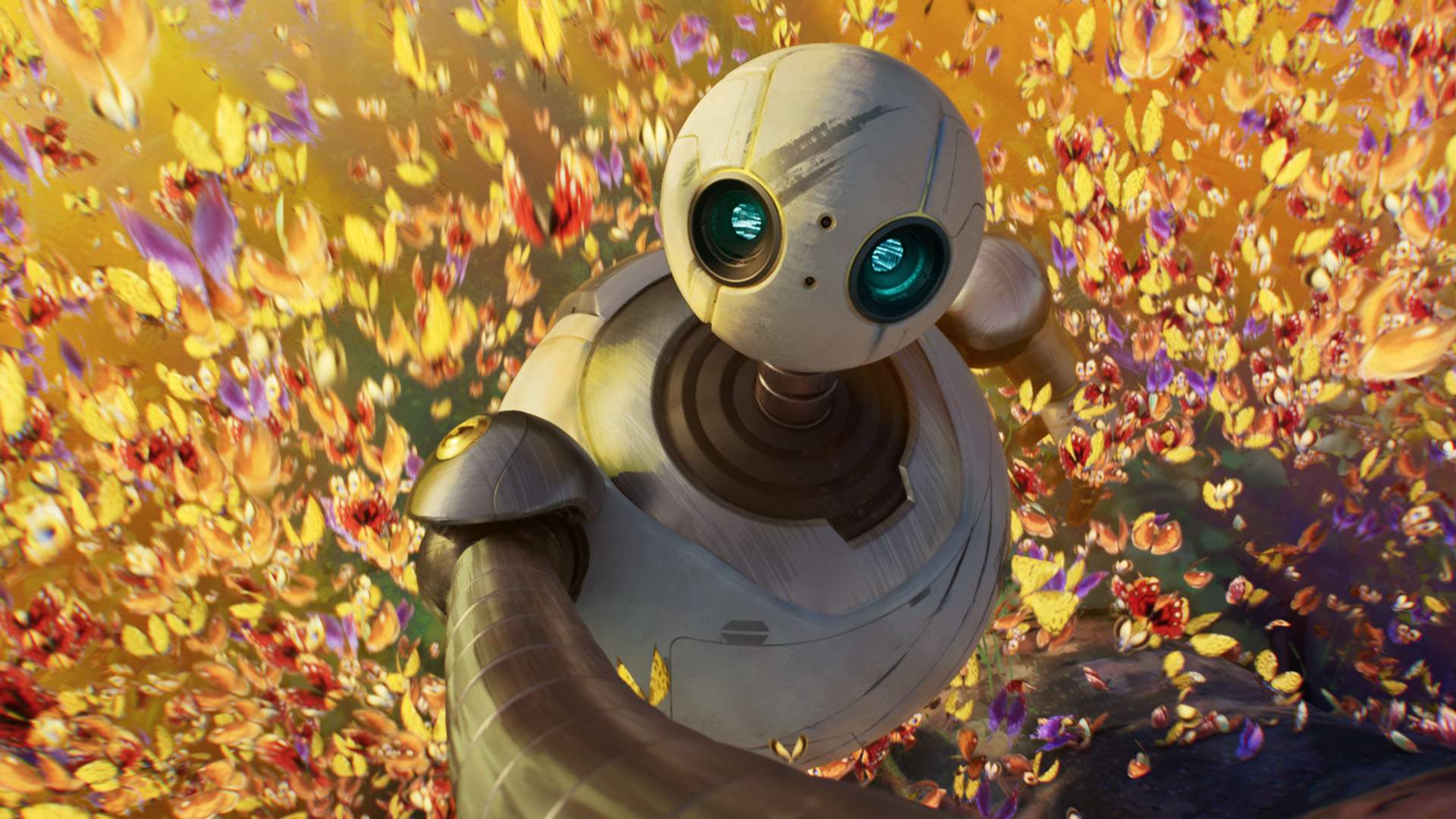
On How Nyong'o Approaches a Voice-Acting Part, Especially Playing a Character Without Facial Expressions
Lupita: "I think the animators did a great service to Roz — and a great service to an audience — by not giving her facial features. Because then we stay truer to the fact that Roz is not a feeling entity. She is a robot and has a goal — she's goal-oriented and her goal, luckily, is to be of service to whomever purchased her.
So that lends itself to kindness. And she's also very adaptable, so she's able to adapt to the behaviours and expressions of the wild animals that she is now living with. And through that, you can adopt sensibilities akin to emotional expression.
I like figuring that out cerebrally. How do I play a character without emotions but still be able to convey a bunch of emotions, and then trust that an audience will project their emotions onto her? We are given that license because she doesn't have facial expressions, so she's not doing it for us. We were very much a part of the performance."

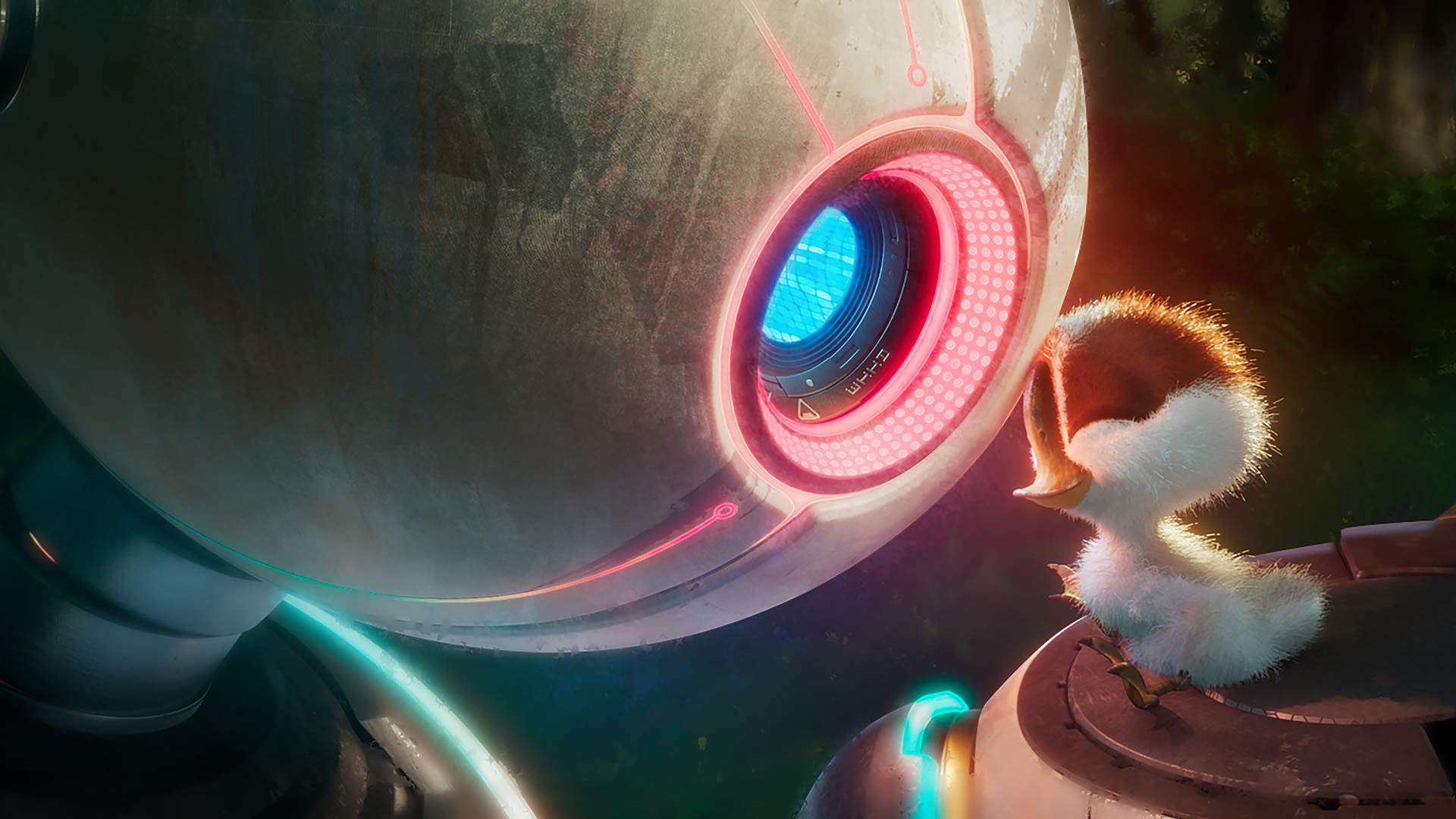
On Finding the Right Voice for the Right Character
Lupita: "It starts off with understanding the given circumstances of the character. What are the facts, right? And so for Roz, one of the main facts that was very important was that she is a programmed robot. That was very informativem and it led me to listen to automated voices like Siri and Alexa, the voices on TikTok and Instagram — they were an inspiration, their relentless, positive vibrancy was the inspiration there.
For someone like Red in Us, I knew that there had been a strangulation at some point, and so that fed my imagination on what could that sound like if you were strangled. Things like that.
Then I also work very closely with a vocal coach, and I worked with her on both Us and The Wild Robot, and that's really helpful to just externalise my ideas and make sure that I'm doing it in as healthy a way as possible to stave off injuries."

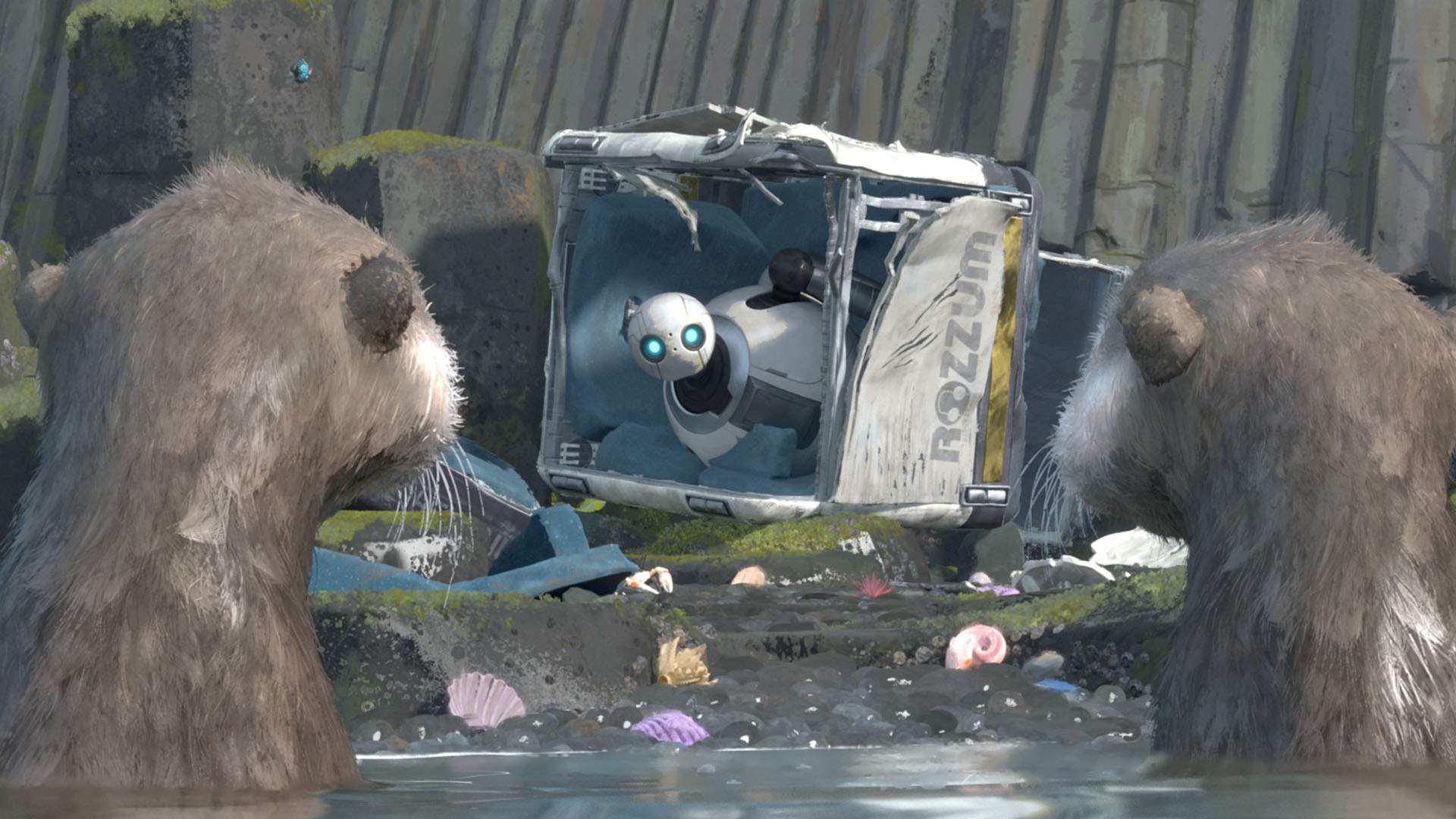
On What Sanders Was Excited to Bring to the Screen in Adapting The Wild Robot
Chris: "The story for sure. I've always wanted to do a robot movie. And the other thing that I never thought I'd get a chance to work on would be an animal movie like this. This is a lot like Bambi — the forest, the animals, the creatures. And it's a real forest, they're only slightly anthropomorphised.
Bambi is a huge favourite. It always will be. One of the things I think that you cannot understate is the emotional power of that film. It has a staying power and a beauty that we wanted to emulate. Aspire to it, actually, is a better way to say it — that and the art of Miyazaki films.
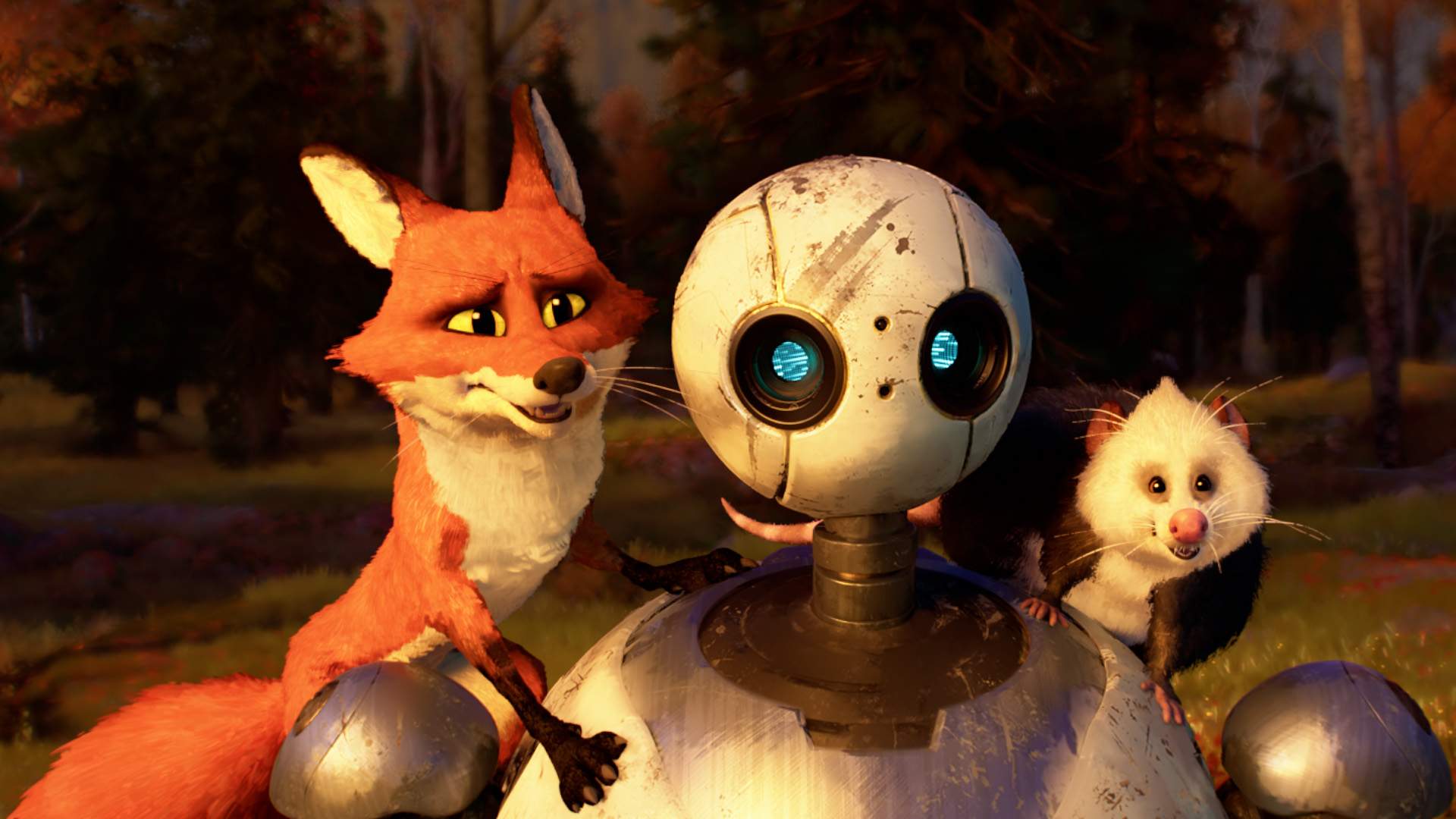
These are things that have a huge influence on us as animators and filmmakers. So we had big boots to fill if we were going to equal the power and the scale of those of those stories.
Our animators really took to it, by the way. I didn't understand until they started working on the film the level of excitement that they had to do animals that were animals. That kind of movement, I guess, is really a huge thing for an animator. They're usually doing animals carrying cell phones and they have jobs, etcetera.
Animals that are animals, there's a purity to the motion that I was really struck by. The animation went unusually quickly because of the lack of things, like jackets and coats and stuff. And so it was a joy to see all of this come to life day by day."


On the Importance of Not Shying Away From the Reality of Animals Being Animals
Chris: "It was critical because if there isn't consequence, then the story is just not going to work. We don't want to shy away from any of those things because we need that kind of ballast. I would actually harken back to things in The Lion King — if you don't have consequences, you're not going to have that emotional resonance, and I don't think you going to have a movie that works.
So death shows up several times in this movie. The first time, of course, is the critical and pivotal event where Roz accidentally, quite literally, runs across this goose's nest by accident and that sets this whole story in motion. Later on, we revisit it, but we often revisit it with humour. We get a laugh out of it. It's a dark kind of humour, but boy is it effective.
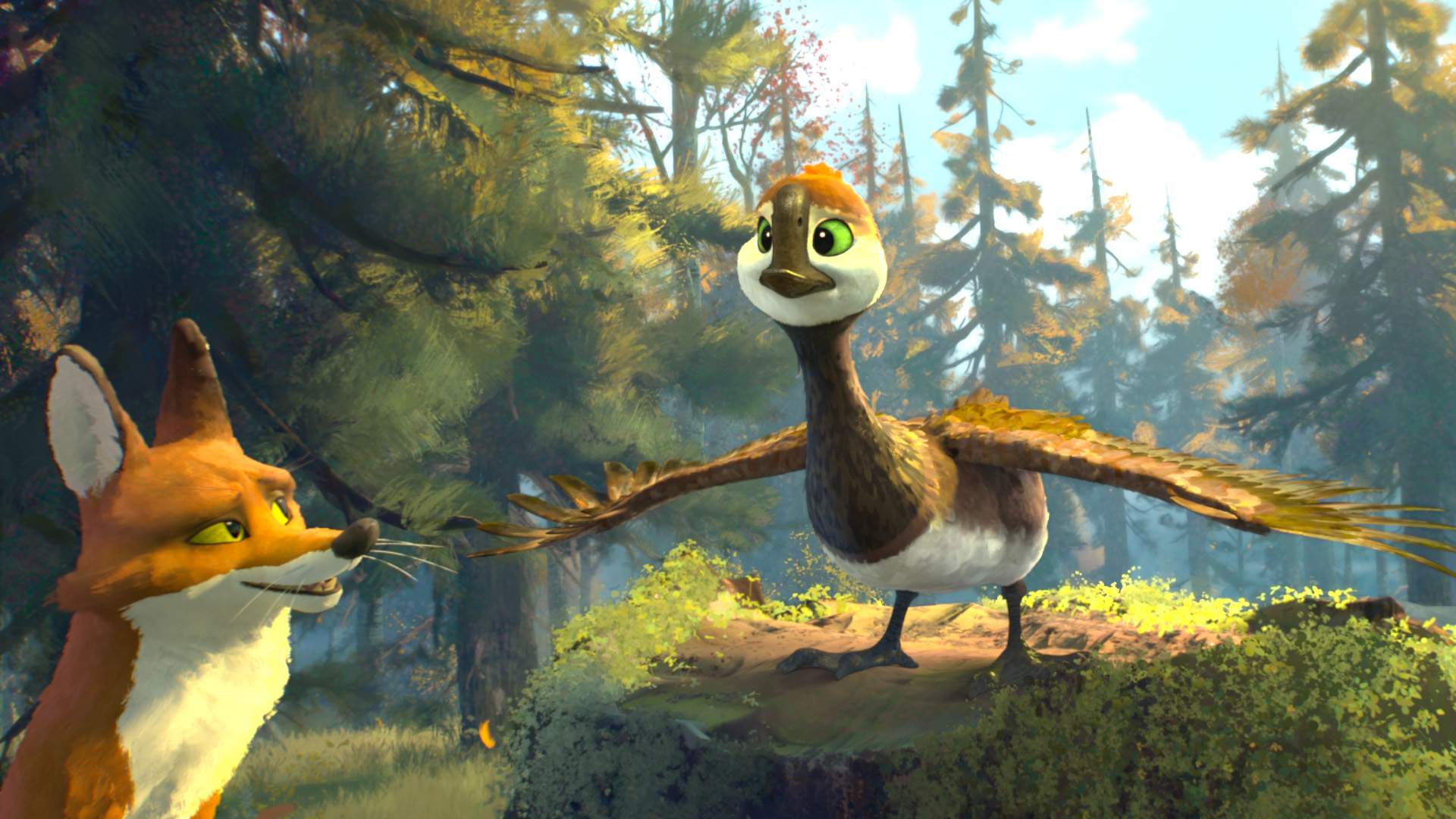
The animals on this island have programming, and that's the way that Roz looks at it. She's a creature of human programming, and she sees the animals as running programs as well. I thought that was a really interesting way to look at the world, and one of the load-bearing ideas and themes of the film is the idea that someday you may have to change your programming in order to survive.
In our lives, we are creatures of habit, we resist change, and we may have to change the way we think. I think that sometimes we're so fearful of losing ourselves for some reason. I think we're very protective of ourselves. I can only speak for myself, but I get that — but whenever I've been forced to see things in a different way, I've been better for it."


On What Goes Into Conveying Roz's Inner Journey Through a Vocal Performance
Lupita: "I would say the intention was set at the beginning. Before I took on the role, I asked Chris why he thought I would be good for it, and he said he liked the warmth of my voice. So that was very good information for me, so that I knew what I had for free to offer Roz, and so that was where we would end up — that's the voice when Roz has taken on and embraced the role of mother most fully, that she sounds most like me.
And then in the process, a two-and-a-half-year process, the script is developing, and along with it our understanding of who Roz is and how we experience her evolution is also developing. That was really quite technical, and we had certain markers, certain benchmarks for where the quality of my voice was shifting.
And I did it quite technically, so it dials up in a way that when you're watching the performance is perhaps, hopefully, quite subtle and unnoticeable — until you meet the robots that are more like the other robots like her, towards the third act of the film."

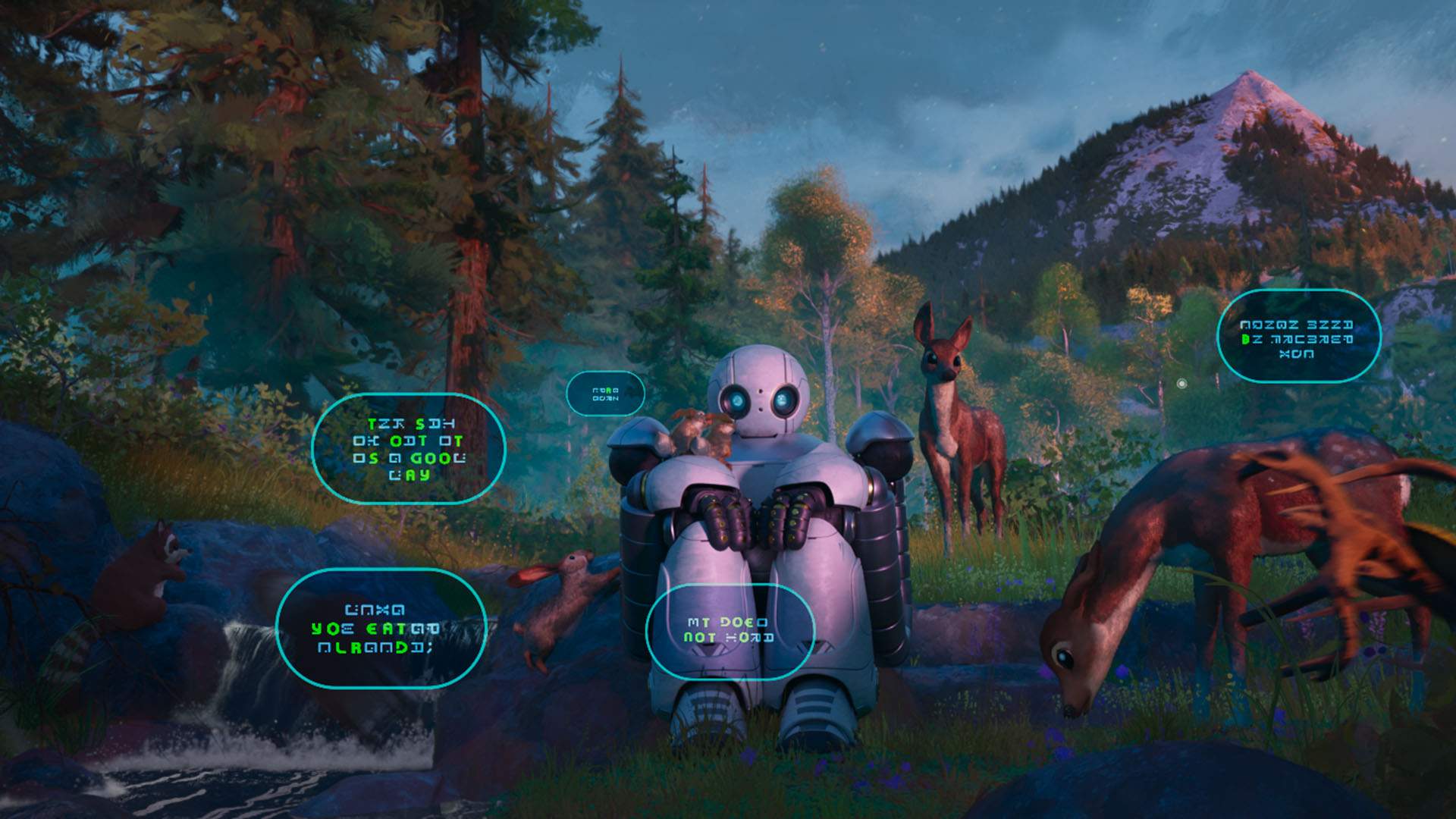
On the "Miyazaki by Way of Monet" Visual Approach to the Natural World Within the Film
Chris: "All these things we've been talking about, what a perfect line of questioning actually, all these things are linked together like spokes of a wheel. I felt that it was absolutely critical, and I pushed very hard for this level of sophistication in the look of the movie. Think back to what we were talking about with Bambi, that level of sophistication, I felt, would make our audience see this film in the right way, if that makes sense.
This is a film that kids will love. Kids should go see it. Families should go see it. But it's not a little kids' film — it's a film. And that's how Walt Disney looked at those stories as well, he always said so. So that level of sophistication helps us to get into the film in a certain way, and it really immerses us in a way that I've never seen a film like this accomplish.
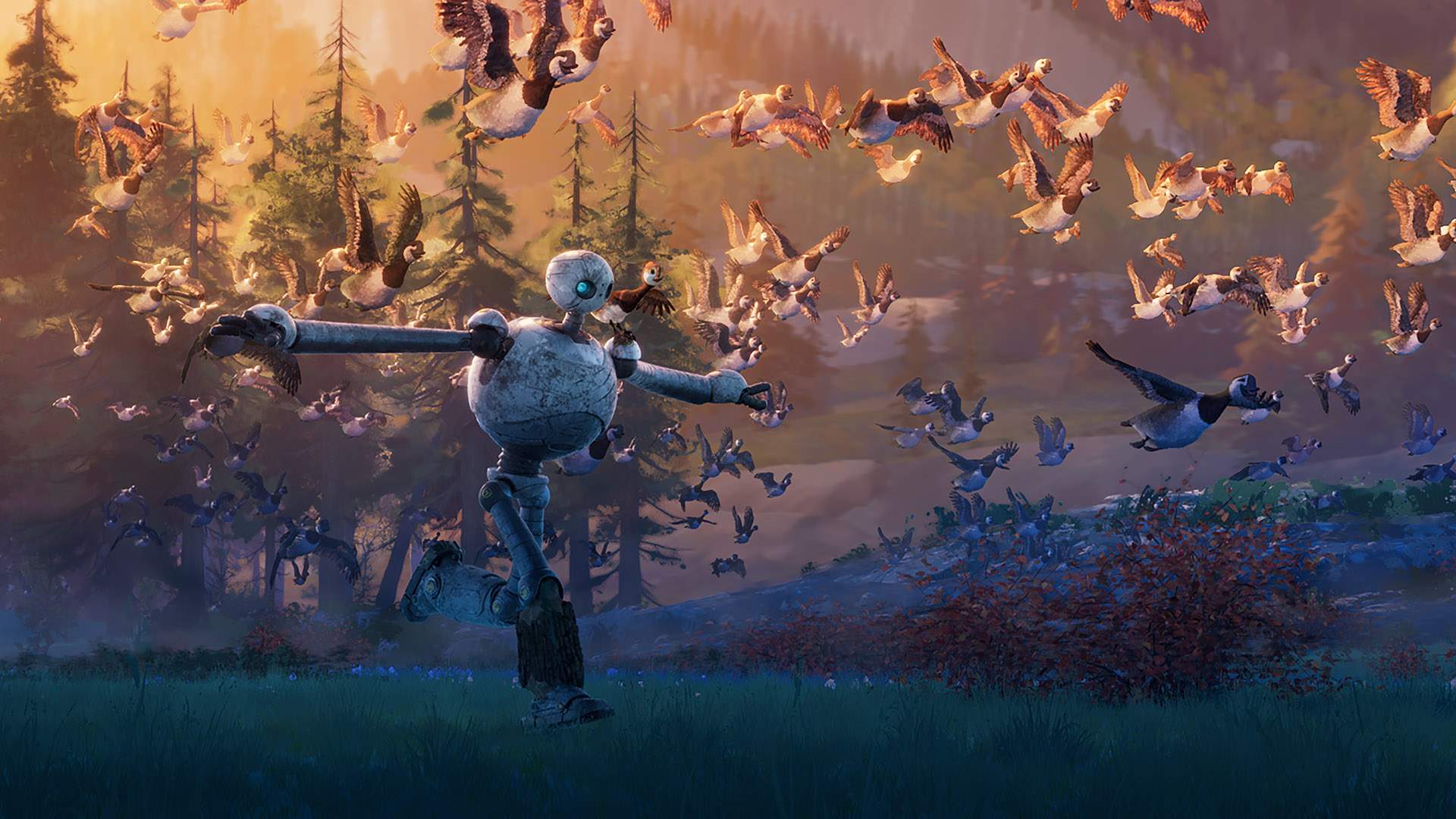
I have gotten so much feedback since we finished the film that it really blurs the line between a live-action film and an animated film, frankly, the way that you see it — and that was very deliberate. And I have to credit the artists and the incredible advances that DreamWorks had made technologically that allowed this look.
The funny thing is all that technology opened this film up so that humans are more present than ever before. Literally everything is hand-painted. It would be as if I took out a brush and started painting dimensionally in space. That's exactly what they were doing. So there are no forms underneath the trees or the rocks. It's free handed.
So the beauty that you get from that, there's no substitute for it. There's an analogue warmth that we reconnected with on this journey that we've taken through CG."


On How Animation Allows Audiences to Have Big Feelings — and Thinking About That When You're Making an Animated Film
Lupita: "You have to keep the audience in mind. One of the things that I remember us discussing, Roz has a lot of robotic language, just mumbo jumbo that she says — and you want to keep that in a way that allows for children to grow their vocabulary, and also a way for adults to understand and appreciate what she is saying. But you can't make it too difficult that you lose the children altogether.
So those were fun workshops where we tried different words. I remember in the script, there was a time when a character asks Roz something and she goes 'hmm, let me see'. But 'hmm', that's a very human expression, and so I said 'processing' and everybody broke out laughing, and it became part of Roz's vocabulary.
For children, that is perhaps maybe a new word — children never say processing, I can't imagine they do. But in that sense, you've expanded their vocabulary and stayed true to the character."
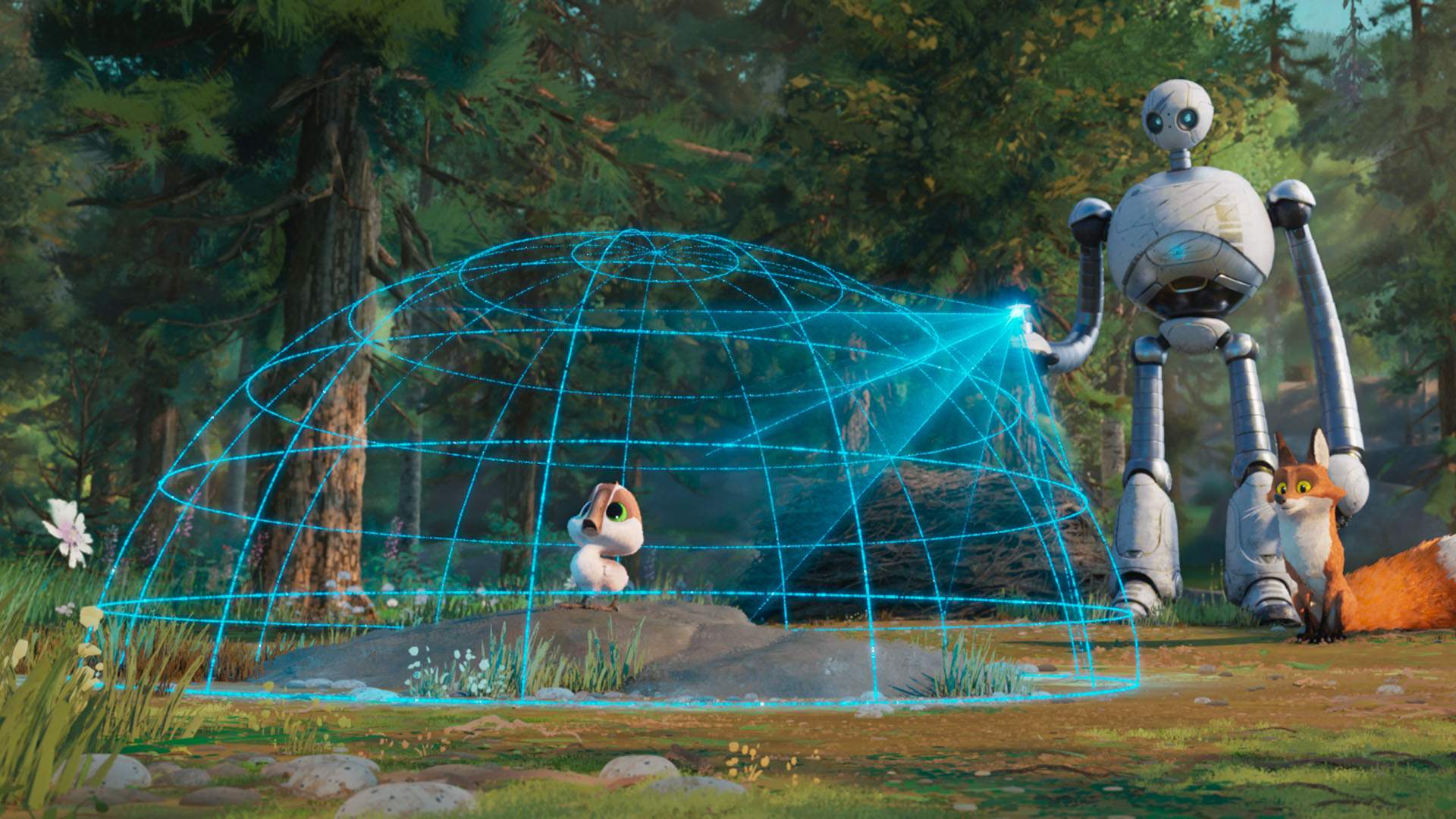
Chris: "It's something I don't know if I'm really thinking about it, but in a sense I'm striving for it as I'm working on scenes. I'm scaling things. I think one of the neat things about taking a story like Peter Brown's to the screen is the potential for how big these feelings can be.
I'm always going for audacity and scale. And I will run a scene over and over and over in my head, modifying it before I even commit anything to paper a lot of the time, until I'm feeling I've found every edge of the boundaries of that particular moment, and I've built it as large as it possibly can be. Because why wouldn't you, you know? Why wouldn't you?
And then the really amazing thing is, I take it only so far, and then we have our actors and our and our animators — and eventually the cinematographer, the lighting, and then eventually Kris Bowers [who composed The Wild Robot's soundtrack]. I cannot overstate his contribution as well. I credit him for, I think, the gosh-darn best score I've ever heard in a movie ever."

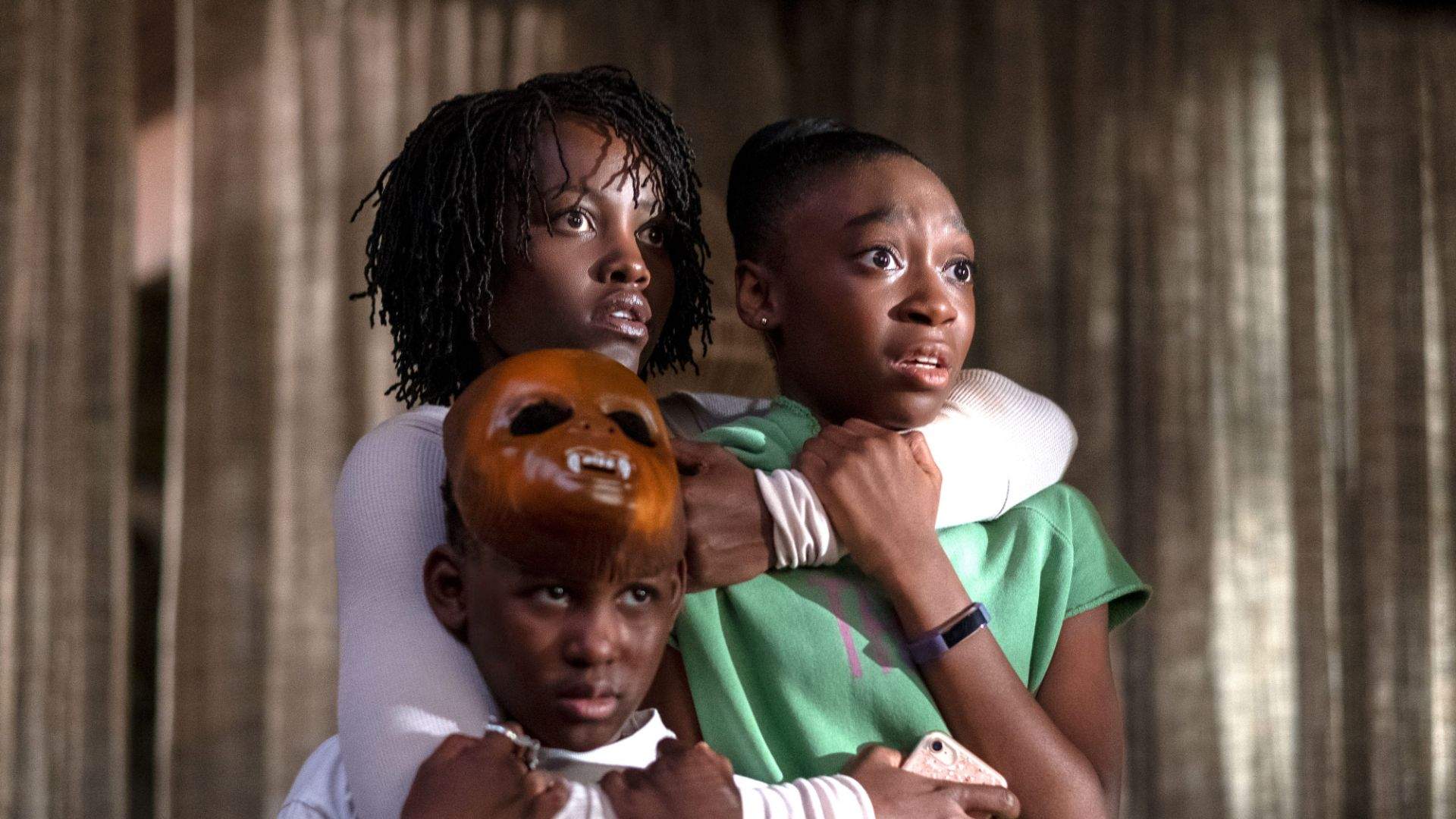
On What Nyong'o Makes of Her Career Over the Past Decade Since 12 Years a Slave
Lupita: "I was sitting at the premiere of The Wild Robot at TIFF [the Toronto International Film Festival], and there was a moment, I think it was a moment when Brightbill is flying away and a feather floats into Roz's hands. And it's a very emotional moment within the story. But in that moment, I was just caught, I was struck by the truth that I have been living out my dreams and this project is another dream come true.
I was just filled with gratitude, because not everybody gets to live out their dreams so exactly. And I've had that wonderful, wonderful privilege, and I just don't take it for granted.
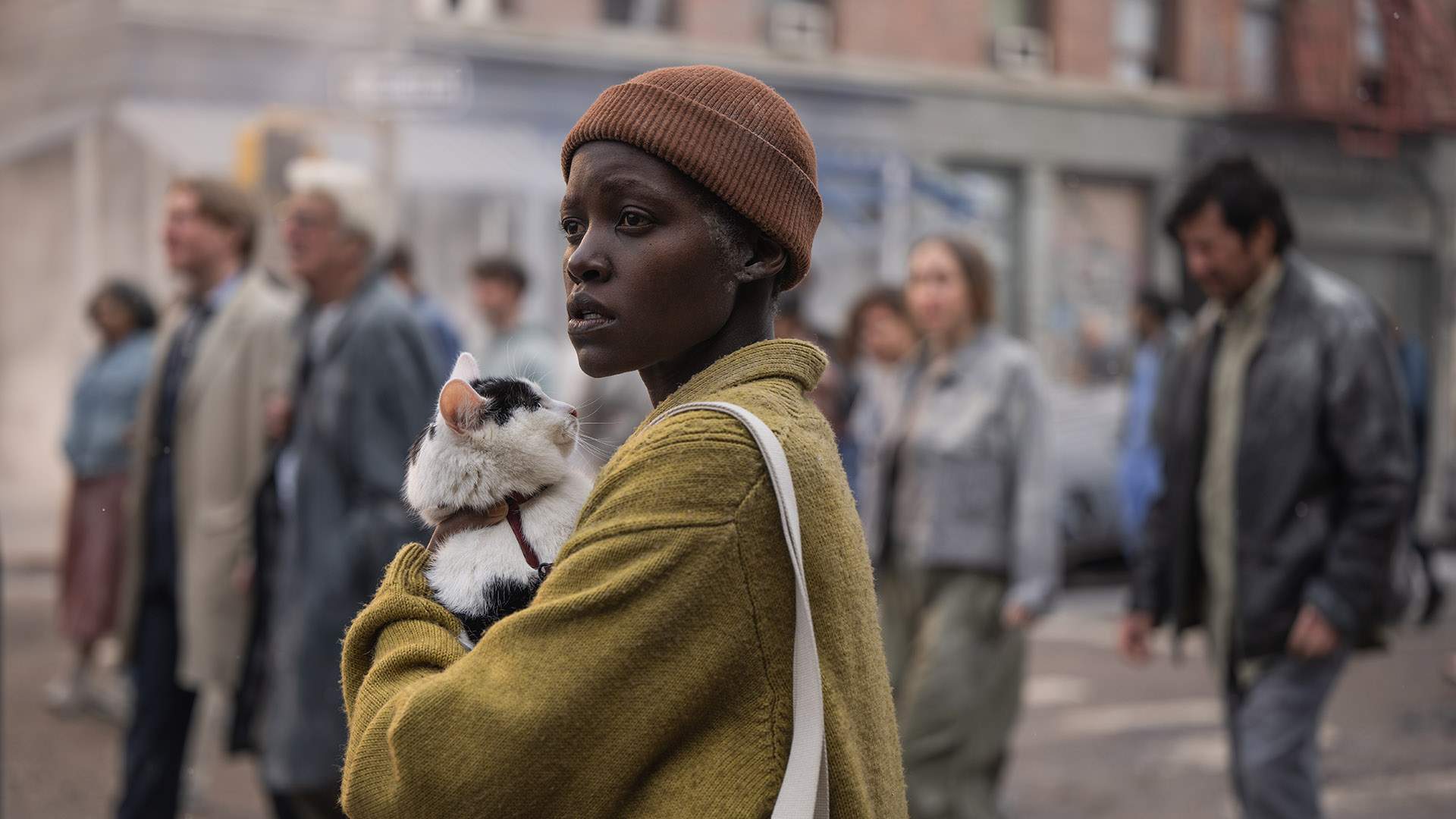
It's been deliberate. It's sometimes been scary. I've had to say no before I knew I could in order to wait for the project that felt like it would give me the kind of expansion I was looking for. And those times that I've said no have paid off.
And looking at the last ten years, I'm very, very proud of the work that I've been able to do, and I look forward to continuing to live out my dreams one decision at a time."

The Wild Robot opened in Australian cinemas on Thursday, September 19, 2024.





